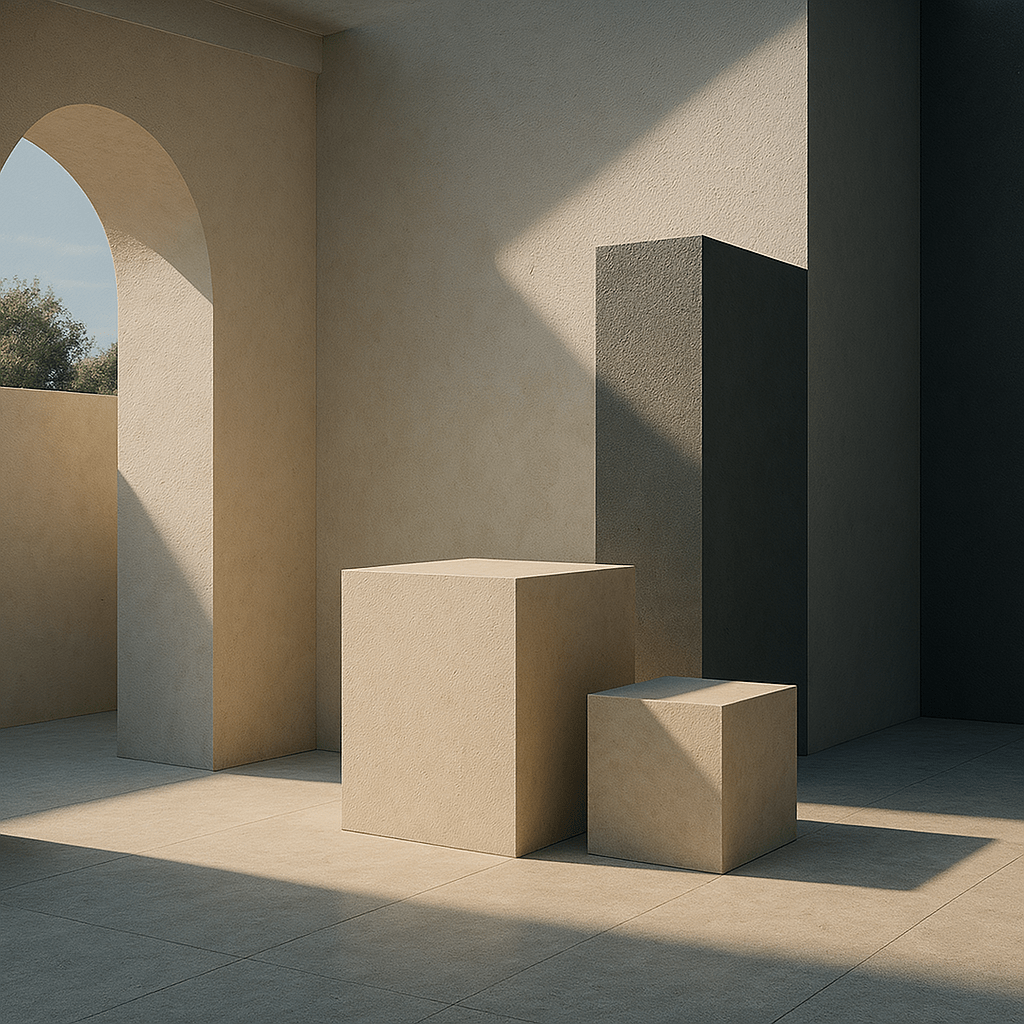
In today’s digital-first world, 3D rendering has emerged as one of the most powerful tools in the visual design and communication industry. Whether you’re an architect, interior designer, product developer, or visual effects artist, the ability to turn a basic 3D model into a photorealistic image is nothing short of transformative. From early-stage concepts to final presentations, 3D rendering allows creators to bring their ideas to life with stunning realism, precision, and emotional impact.
But what exactly is 3D rendering, and how does it fit into the broader field of 3D visualization? Let’s explore how this technology is reshaping the creative process and revolutionizing how we present and experience digital designs.
3D rendering is the process of converting a digital 3D model into a two-dimensional image or animation. This step is crucial in the 3D visualization pipeline, where abstract geometric data—such as shape, surface, lighting, and materials—is transformed into a fully detailed and visually compelling image. The goal is to simulate how light interacts with surfaces in the real world to produce an image that feels lifelike or artistically stylized, depending on the intended outcome.
Unlike simple sketches or diagrams, a 3D rendering showcases the depth, texture, and atmosphere of a design. It allows clients, teams, and stakeholders to “see” the project long before it becomes a physical reality.
How 3D Rendering Works
The process of 3D rendering typically follows several key stages, each building on the previous:
Modeling – The digital object or environment is created using specialized software such as Blender, 3ds Max, or SketchUp. This stage defines the structure and shape of the design.
Texturing – Materials and surface details are applied to the model. This includes color, glossiness, roughness, bump mapping, and more. Textures add realism by mimicking real-world surfaces like wood, glass, or fabric.
Lighting – Artists simulate natural or artificial lighting conditions. Whether it’s daylight streaming through a window or a spotlight in a gallery, proper lighting adds depth, contrast, and realism.
Rendering – This is where the magic happens. Using engines like V-Ray, Corona Renderer, or Unreal Engine, the computer calculates how light interacts with the scene to generate the final image or animation.
Post-Processing – Final touches are made using tools like Photoshop or Lightroom. This may include adjusting brightness, contrast, colors, or adding effects like lens flares or depth of field.
Each of these steps contributes to the final visual output—a 3D rendering that communicates the design’s intention with incredible clarity and style.
The impact of 3D rendering extends far beyond one field. Its versatility and effectiveness have made it a go-to solution in many industries:
Architecture & Interior Design: 3D visualization enables designers to present spaces before they’re built. Clients can explore materials, layouts, and lighting in full detail.
Product Design & Marketing: Companies can showcase products with lifelike 3D renderings before manufacturing, saving time and production costs. These visuals are also used in e-commerce, advertising, and packaging.
Film & Gaming: From realistic environments to fantastical creatures, 3D rendering is foundational in the entertainment industry. Real-time rendering also enables immersive experiences in VR and AR.
Real Estate: Developers use architectural renderings to sell properties off-plan, giving buyers a realistic impression of their future investment.
Education & Science: Complex scientific concepts are visualized with clarity through animated 3D renderings, making learning more engaging and effective.
What makes 3D rendering so powerful is its ability to tell a visual story. It’s not just about technical accuracy—it’s about emotion, atmosphere, and imagination. A well-crafted render can sell a concept, win a contract, or inspire a new idea. It brings clarity to uncertainty and turns abstract data into something tangible and relatable.
Moreover, as technology advances, the speed and quality of rendering continue to improve. GPU-based rendering, real-time engines, and AI-assisted tools are making 3D rendering more accessible and efficient than ever. This opens doors for small studios, freelancers, and entrepreneurs to compete with larger firms in delivering top-tier visual content.
3D rendering stands at the intersection of art and technology. It transforms digital models into visual masterpieces that captivate, inform, and persuade. As part of the broader world of 3D visualization, it is a critical tool for modern creatives and industries seeking to bridge imagination with reality. Whether you’re selling a concept or refining a design, the power of 3D rendering lies in its ability to communicate with impact, precision, and beauty.